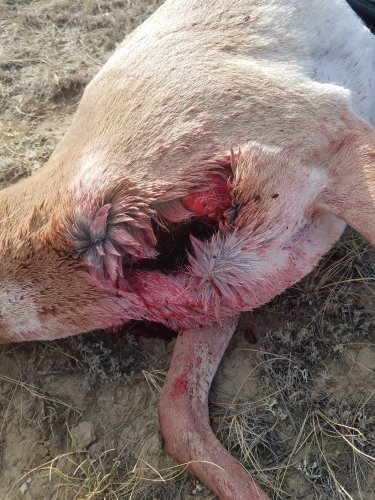ImBillT
Well-known member
- Joined
- Oct 29, 2018
- Messages
- 3,821
I've never been a fan of rapid expansion bullets, but I get the appeal and theory behind it. I do think there is something to be said for a bullet that will "explode", basically, inside the chest cavity and transfer every foot-pound of available kinetic energy into the target and thereby cause massive and immediate organ failure: turn the insides to raspberry slush so to speak, but these bullets do tend to blow up usable meat too.
For me, I really like a bullet whose design tends more to cause a wound channel and exit hole. They kill fast too and you don't have pick lead and copper out of your meat afterward, well less anyway. I don't think hydrostatic shock is a myth, I just think it's a little over-rated. Like everything else, it's all a balance. A good wound channel is big but not a detonation.
It's nice when bang-flop happens but the only way to ensure that is by hitting the spine or brain, which I don't think are good targets due to their size/shape.
You don’t actually have to hit the spine or brain for a bang-flop.





